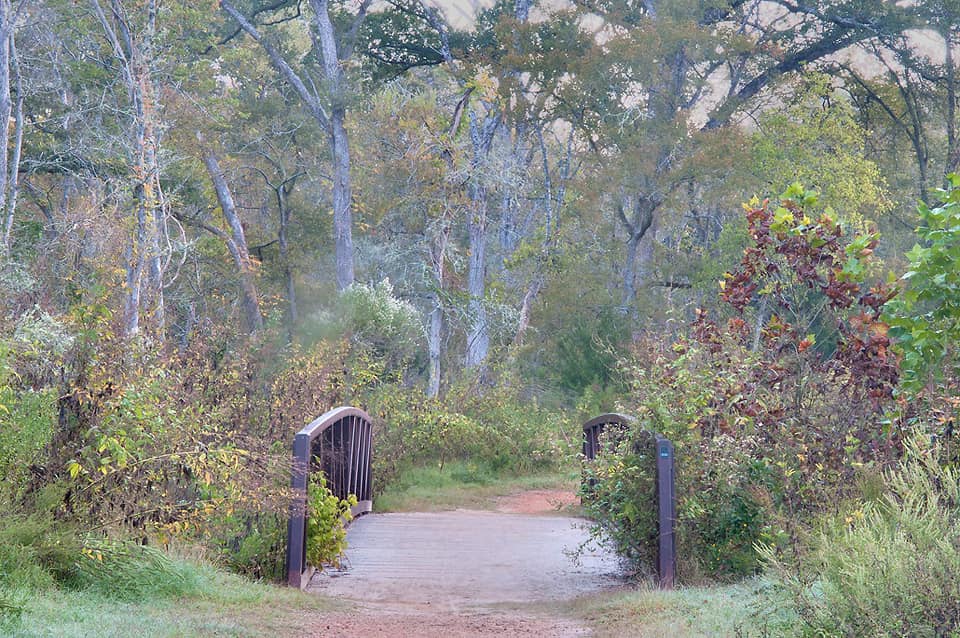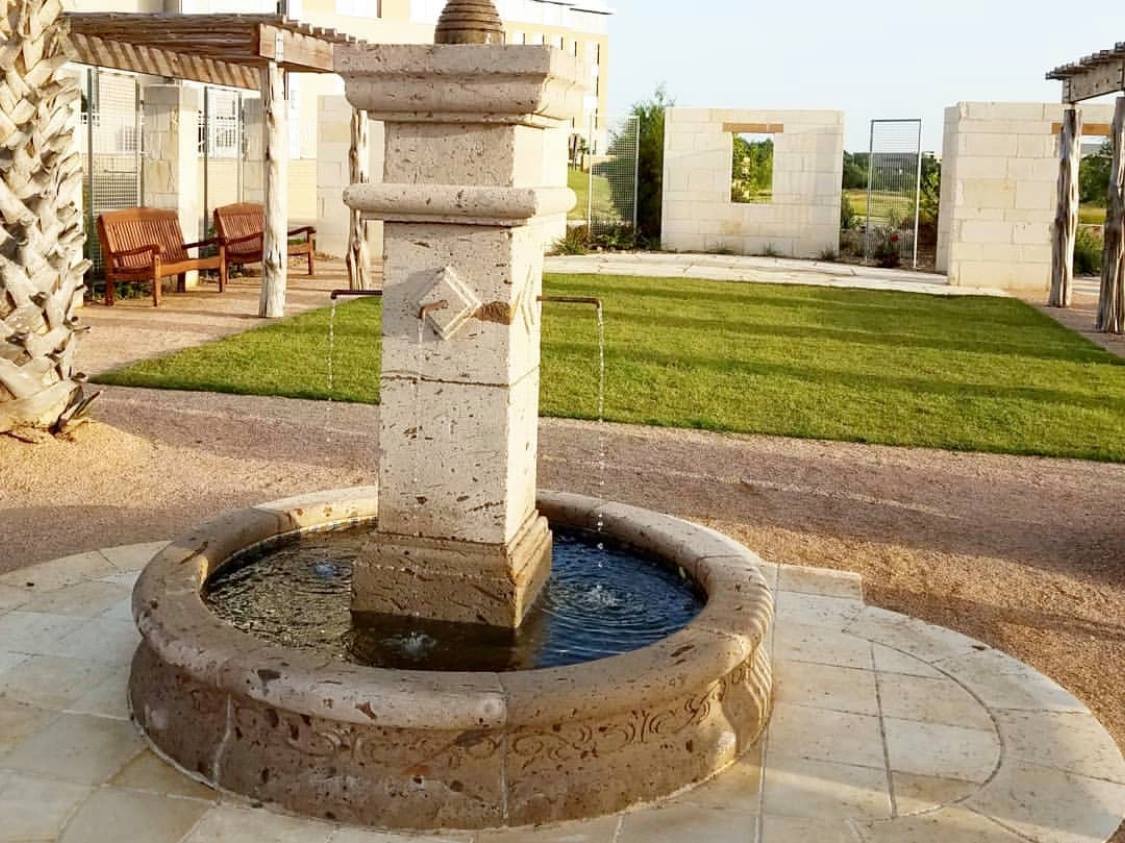Make Nature Your Valentine
Feel the love for Mother Nature this Valentine’s Day with activities inspired by the 13 departments in the College of Liberal Arts!

Story by Rachel Knight ‘18
Cover illustration by Dana Dang ‘23
Whether you’re spending Valentine’s Day with a friend, partner, or box of chocolates, you can make the day more special by adding an appreciation of nature to your celebration.
We all have a need to feel more connected to the world, and after almost a full year of social distancing practices this need is felt even more profoundly. Connecting with nature is an opportunity to be part of something bigger than ourselves. It’s a chance to make an enduring kinship that benefits ourselves and others.
The College of Liberal Arts has put together a list of different ways to connect with nature this Valentine’s Day inspired by the 13 departments in the college. We hope you’ll join us in making nature our Valentine!
Anthropology
Experience the Natural Environment

Visit a nature park, like Lick Creek Park in College Station, to experience a natural environment! Observe the beauty of the park’s inhabitants, take in the fresh air, and gain an appreciation for what naturally grows and lives in your community.
You can also take a virtual trip to nature reserves around the world. Amanda Stronza, associate professor of anthropology and recreational parks and tourism, researches things like what’s needed for ecotourism to effectively protect biodiversity while also benefiting local communities. Could virtual trips through nature be the answer to her research question?
Communication
Say, “I love you,” To a Houseplant

Science is revealing that plants respond well to kind communication, just like we do. Speaking kindly to your houseplants gives you someone to talk to and encourages their healthy growth (as well as your own improved mental health).
Mike Rold, a communication lecturer, researches media and how the television shows, movies, and music we consume help influence our sense of self and the interpersonal relationships we form. Horticulture researchers suggest the music, movies, and tv shows we watch also influence our houseplants. What are you communicating to your plants at home?
Economics
Add Native Plants (And Monetary Value) to Your Home

Perhaps the monetary benefits of interacting with nature can entice you to treat Mother Nature to a little extra attention on Valentine’s Day. Did you know landscaping can increase your property value and even lower your electricity bill?
An economics degree from Texas A&M University helps understand housing’s role in the consumer market. Researcher’s like Dennis Jansen help us better understand the housing market by taking a closer look at the impact on price bubbles in equity and housing markets.
English
Read Poems About Nature

Sometimes experiencing something from someone else’s perspective gives us a greater appreciation for the little things in life. Indulge in some poetry about nature this Valentine’s Day and fall in love with life’s simplest joys all over again.
You could also take a break from your own pandemic experience by reading poems by 2017 grad Katherine Kimball in her first book titled Truth and Poison: Lessons in Heartbreak.
Hispanic Studies
Visit the Mexican Heritage Garden on Campus

When early Spanish explorers and missionaries came to Texas in the 16th and 17th centuries, they brought with them a rich horticultural heritage. Texas landscapes still incorporate many elements with these Spanish origins today. The Mexican Heritage Garden in the Leach Teaching Gardens highlights many of these elements with an open plaza, central water feature, walled garden, colorful plants, container grown fruit and ornamental plants.
Learn more about hispanic culture from professors like Norma Arizpe in the Hispanic studies department. Arizpe researches and teaches topics like Spanish grammar and culture. She even chaired a university-wide committee called “¡Siempre! 130 years of Hispanics at Texas A&M” in 2005 and 2006 that led to an exhibit in the Cushing Library.
History
Play Ball

Legend has it baseball was invented by Abner Doubleday in a cow pasture in the summer of 1839. Baseball historians are still debating whether or not this is true, but College of Liberal Arts history professor David Vaught gives us the opportunity to explore baseball’s rural history in his book titled The Farmers’ Game: Baseball in Rural America.
What better way to get some fresh air than playing ball with your housemates? After reading a few chapters of Vaught’s book, you may find yourself reaching for your own bat and ball as you head to the park this Valentine’s Day.
Interdisciplinary Critical Studies
Learn to Arrange Flowers

Brighten up your day and your home while learning how to make a floral arrangement. Learning to appreciate the different textures, colors, and sizes of blooms and foliage will make you appreciate blooms this spring and summer even more.
Once you’ve learned how to arrange flowers, arrange some time to learn more about faculty members in the interdisciplinary critical studies department like Nancy Plankey-Videla, an associate professor of sociology, coordinator of Latino/a and Mexican American Studies, Affiliated Associate Professor of Women’s and Gender Studies, and Affiliated associate professor of Latino/a and Mexican American Studies.
International Studies
Plan Hiking Trips Around the World

Discover hiking and walking trails around the world and plan your visit to them — once traveling becomes safe. Sometimes the journey is the main attraction; other times, it’s the destination, when the trails lead you to connect with cultures or learn more about history.
If you’re a student, now is the time to look at your degree plan and add education abroad trips, like the faculty-led field trips offered by the Department of International Studies, to your curriculum plan. Learn more about study abroad opportunities led by faculty members like Stefanie Harris.
Performance Studies
Watch an Outdoor Play

People travel to Palo Duro Canyon from around the world each summer to watch a musical about the Lone Star State that’s been in production for more than 50 years. The play was actually written to showcase the natural landscape it uses as a stage, which makes it a great production for enjoying nature while studying performing arts.
You can learn more about performing arts and gain a better understanding of the meaning behind elements in performances like race representations, costumes, make-up, and more from professors like Grace Adinku.
Philosophy
Discover Topiary Gardens

Topiary, or trees and shrubs clipped into ornamental shapes, have been used in aesthetic gardening since at least ancient Rome. While some depict simple shapes like spheres or cubes, others are sculpted to depict people and animals.
Emily Brady, philosophy professor and holder of the Susanne M. and Melbern G. Glasscock Director’s Chair, provides clear, informed, and closely argued discussions of topics that help explain and widen the horizons of environmental aesthetics in her most recent co-authored publication Between Nature and Culture: The Aesthetics of Modified Environments.
Political Science
Learn How to Plant Bluebonnet Seeds

Because the Texas state flower includes every species of bluebonnet that grows in the state, Texas technically has five state flowers! Learn all about bluebonnets, how they became the Texas state flower, how to plant them, and discover new colors of bluebonnets this Valentine’s Day.
While Aggie horticulturalists inform us about things like planting bluebonnets, political science professors like Dwight Roblyer take the guesswork out of understanding how our state and national governments work.
Psychological & Brain Sciences
Partake in Ecotherapy

Gardening is growing in popularity as a form of therapy, because it combines physical activity, social connections, and the act of surrounding yourself with nature. Some medical professionals have started prescribing gardening to people with anxiety or depression, because it can boost your sense of wellbeing. Whether you start a small potted herb garden in your kitchen or plant a more traditional garden in your backyard, you’ll likely reap mental health benefits with the seeds you sow.
Psychological and brain sciences department head Heather Lench says it’s important to incorporate breaks into our schedules to do something we enjoy. Perhaps gardening can be your daily break from routine.
Sociology
Get Inspired by Everybody Eats

Meet Lucy, an 83-year-old gardener who grows collard greens, onions, tomatoes, squash, and spinach with the Everybody Eats service-learning research program at Texas A&M. Lucy’s garden and love for gardening may inspire you to start your own garden if not for the delicious vegetables themselves, then for the opportunity to connect with friends and neighbors by sharing the fruits of your gardening labor!
Sociology professor Sarah Gatson is part of the collaborative Everybody Eats service-learning research program. Learn more about her role in the program by listening to her narrated PowerPoint presentation.
